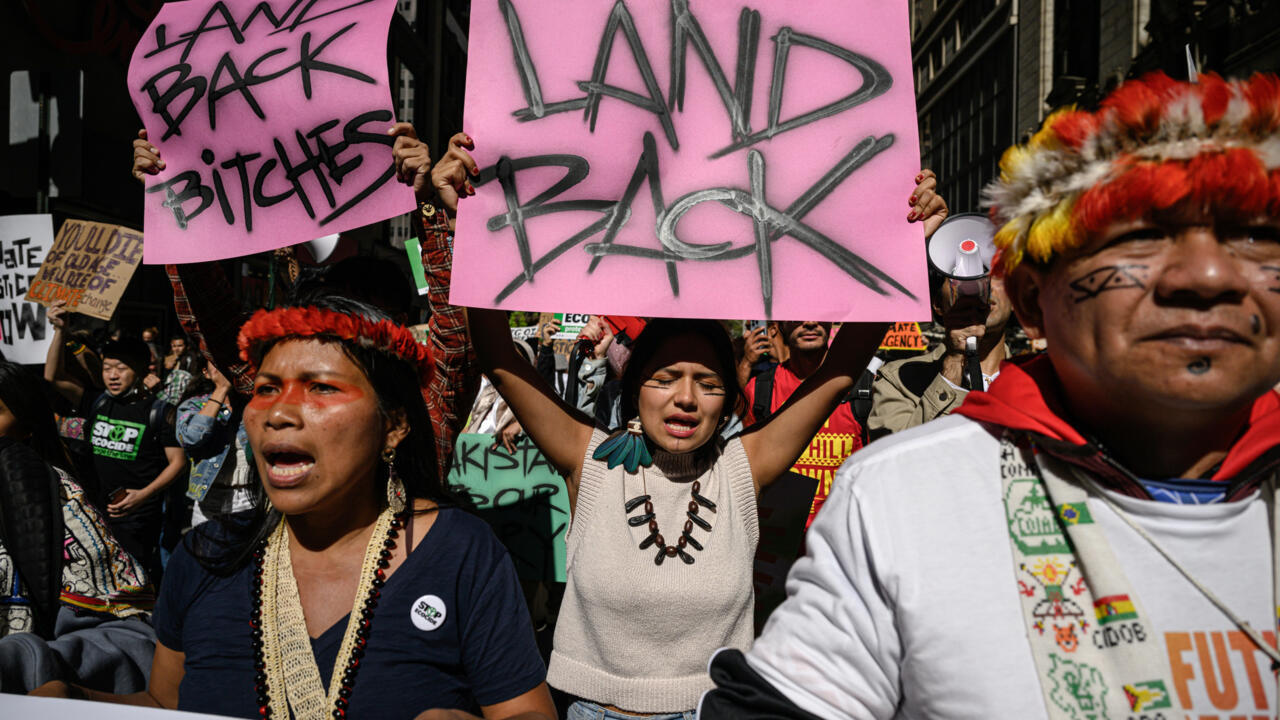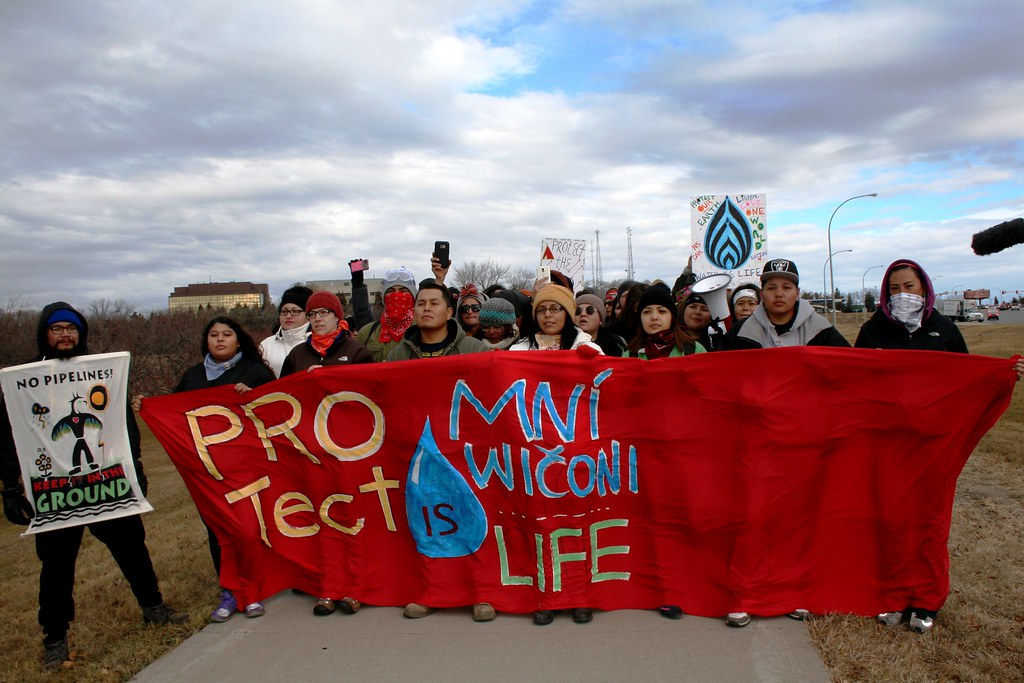
Guardians of the Earth: Native American Activism at the Forefront of Environmental Protection
From the arid plains of the Dakotas to the ancient forests of the Pacific Northwest, a profound truth echoes across Turtle Island: the original inhabitants of this land, the Native American peoples, stand as some of the most steadfast and visionary protectors of the environment. Their activism for environmental protection is not merely a political stance; it is a spiritual imperative, a continuation of millennia of stewardship, and a vital struggle for survival in the face of climate change, resource extraction, and systemic injustice. In an era where the planet faces unprecedented ecological crises, the Indigenous voice, rooted in traditional ecological knowledge (TEK) and an unbroken connection to the land, offers not just resistance, but a paradigm for a sustainable future.
The roots of this activism run deep, far predating the modern environmental movement. For thousands of years, Indigenous cultures developed sophisticated systems of resource management based on reciprocity, respect, and a profound understanding of ecological interconnectedness. The land was not seen as a commodity to be exploited but as a living relative, a provider, and a sacred trust. This worldview, often encapsulated in the concept of "seventh generation thinking" – making decisions with the impact on the next seven generations in mind – stands in stark contrast to the short-term economic gains that often drive industrial development.
However, the arrival of European colonists brought a devastating shift. The Doctrine of Discovery, manifest destiny, and the relentless pursuit of resources led to the displacement, genocide, and cultural annihilation of Native peoples, simultaneously paving the way for unprecedented environmental degradation. Treaties were broken, sacred lands were desecrated, and traditional ecological practices were suppressed. Yet, even through generations of trauma and oppression, the connection to the land persisted, becoming a powerful wellspring of resilience and resistance.
Today, this resistance manifests in myriad forms, from direct action and legal battles to international advocacy and the quiet revitalization of traditional practices. Native American communities are often on the front lines of environmental destruction, bearing a disproportionate burden of pollution, contaminated water, and the impacts of climate change. This makes their activism not just about protecting nature, but about securing basic human rights and tribal sovereignty.
One of the most iconic demonstrations of this activism in recent memory was the Standing Rock Sioux Tribe’s opposition to the Dakota Access Pipeline (DAPL). In 2016, thousands of "Water Protectors" converged on the Oceti Sakowin camp in North Dakota to block the construction of a crude oil pipeline slated to cross under Lake Oahe, a primary source of drinking water for the Standing Rock Sioux and sacred burial grounds. The rallying cry, "Mni Wiconi – Water is Life," resonated globally, drawing attention to treaty violations, environmental racism, and the immense power of collective action.

The Standing Rock movement, while facing militarized police force and brutal winter conditions, successfully elevated Indigenous environmental concerns to a global stage. It highlighted the systemic disregard for tribal sovereignty and the environmental risks posed by fossil fuel infrastructure. Although the pipeline was eventually completed and activated, the struggle galvanized Indigenous communities and their allies worldwide, proving that Indigenous leadership is crucial in the fight against climate change. As Phyllis Young, a veteran activist and member of the Standing Rock Sioux Tribe, powerfully stated, "We are all related. What we do to the water, we do to ourselves."
The fight against pipelines continues across North America. The struggle against Enbridge Line 3, an oil pipeline expansion project crossing northern Minnesota, saw Ojibwe water protectors and their allies engage in years of resistance. This pipeline threatened pristine wetlands, hundreds of waterways, and the wild rice (manoomin) beds that are culturally and economically vital to the Ojibwe people. Manoomin, a sacred food, is central to Ojibwe identity and traditions. The activism against Line 3 underscored the deep spiritual connection to the land and its resources, illustrating how environmental protection is inextricably linked to cultural survival.
Beyond pipelines, Native American activism targets a wide array of environmental threats. Mining operations, particularly for precious metals like copper, often encroach upon sacred sites and contaminate water sources. The proposed Resolution Copper mine at Oak Flat (Chi’chil Biłdagoteel) in Arizona, sacred to the San Carlos Apache and other Western Apache tribes, is a prime example. For generations, Oak Flat has been a place of ceremony and spiritual significance. The proposed mine, if allowed, would destroy the sacred site through block caving, leaving a massive crater. The Apache people, led by figures like Wendsler Nosie Sr., have fought tirelessly to protect this ancestral land, emphasizing that it is not merely land, but a living entity essential to their spiritual identity. "This is not just land to us; it’s our church, our history, our future," Nosie has often said.
Similarly, the fight to protect national monuments like Bears Ears in Utah showcases Indigenous leadership in conservation. Bears Ears, a landscape rich with ancient cliff dwellings, petroglyphs, and ceremonial sites, is sacred to a coalition of five tribes: the Hopi, Navajo, Ute Mountain Ute, Ute Indian Tribe of the Uintah and Ouray Reservation, and Zuni Pueblo. These tribes advocated for its protection, leading to its designation as a national monument. When the monument’s boundaries were drastically reduced by the Trump administration, these tribes mounted a unified legal and political campaign, ultimately leading to President Biden’s restoration of the monument to its original size in 2021. This victory demonstrated the power of intertribal collaboration and the importance of Indigenous voices in land management decisions.
The "Land Back" movement, gaining significant traction, is another crucial aspect of Native American environmental activism. It advocates for the return of ancestral lands to Indigenous control, recognizing that Indigenous stewardship offers a proven pathway to ecological restoration and climate resilience. Research consistently shows that Indigenous-managed lands often exhibit higher biodiversity and healthier ecosystems than state or privately managed areas. The argument is simple yet profound: those who have protected the land for millennia are best equipped to protect it now.
Indigenous environmental activism also extends to addressing climate change, often through the lens of climate justice. Native communities, already facing historical injustices, are disproportionately affected by extreme weather events, sea-level rise, and shifting ecological patterns. Yet, they are also at the forefront of developing innovative, traditional solutions. From restoring traditional burning practices to prevent wildfires to cultivating drought-resistant native crops, Indigenous communities are demonstrating practical, culturally appropriate ways to adapt to and mitigate climate impacts.
However, this activism comes at a significant cost. Indigenous land defenders globally face immense threats, including violence, criminalization, and harassment. A 2020 report by Global Witness found that a disproportionate number of land and environmental defenders killed worldwide were Indigenous people. This highlights the inherent dangers of challenging powerful corporate and governmental interests.
Despite the challenges, the resolve of Native American environmental activists remains unwavering. Their efforts are forcing a crucial reckoning with colonial legacies, demanding respect for treaty rights and tribal sovereignty, and advocating for a more holistic, interconnected approach to environmental governance. Their wisdom, born from deep generational knowledge and a sacred bond with the Earth, offers a vital roadmap for humanity.
In a world grappling with the urgency of climate change and biodiversity loss, listening to and empowering Native American voices is not just an act of justice, but an act of collective survival. As the late Oren Lyons, Faithkeeper of the Onondaga Nation, eloquently put it, "We have a sacred responsibility to care for the Earth, not just for ourselves, but for all generations to come." The ongoing activism of Native American peoples for environmental protection is a testament to this enduring responsibility, a beacon of hope, and a powerful call to action for us all to become better guardians of our shared home.



